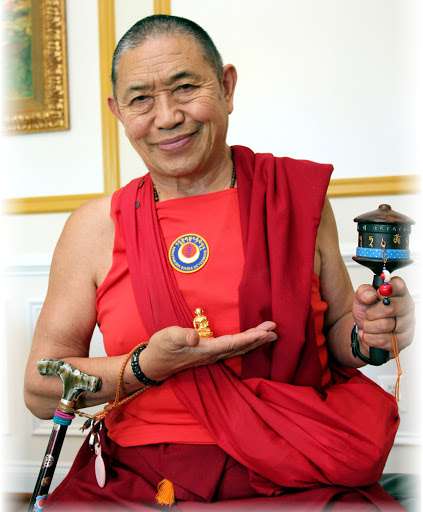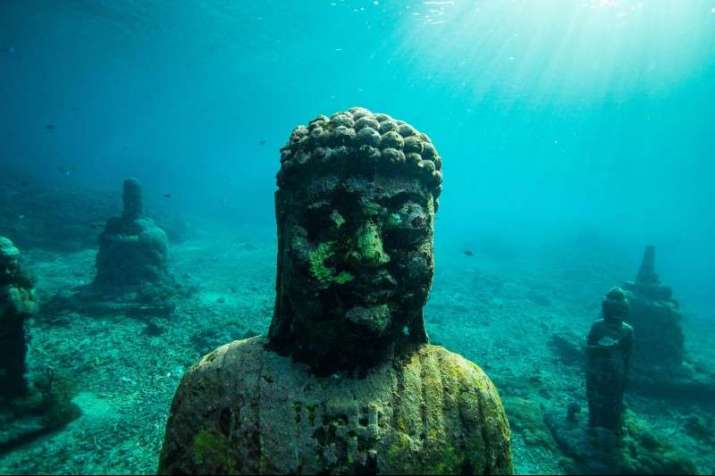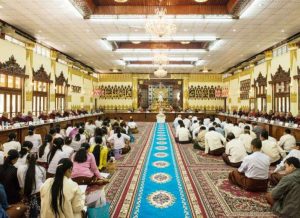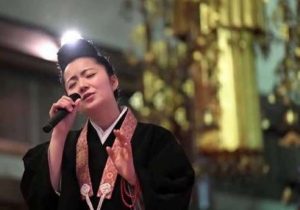
This column discusses science and technology in terms of the internet, systems, and, more recently, brain research. These are very important and there is much to discover in relation to their intersection with wisdom traditions. This month’s Mindful Technology takes a step back, away from the laptop and toward the Pacifc beaches to look for the intersection between mindfulness and technology.
After all, technology has been developing alongside humanity for thousands of years—long before computers and the internet became so widespread—and while there is a tendency to lose the historical perspective, the original definition of technology is very broad:
From Greek tekhnologia “systematic treatment of an art, craft, or technique,” originally referring to grammar, from tekhno-, combining form of tekhnē “art, skill, craft in work; method, system, an art, a system or method of making or doing,” from PIE *teks-na- “craft” (of weaving or fabricating), from suffixed form of root *teks- “to weave,” also “to fabricate.” *
The brain, capable of consciousness, awareness, intelligence, and processing sensory inputs, can be considered the most evolved type of technology that humanity has ever produced. In that sense, art and language can also be considered a form of technology.
During a recent online teaching, Garchen Rinpoche, a leading contemporary teacher in the Drikung Kagyu lineage, said that one does not have to take refuge or follow any particular school of Buddhism to be inherently Buddhist. This is due to “Inner Buddhism,” a natural propensity for some people and cultures who know nothing of Buddhism to embrace its core principles—often without even knowing and without any immediately obvious motivation.
Many indigenous peoples and cultures are well known for traditional wisdom, a natural aesthetic and harmony centered around a respect for nature, peace, and happiness. Austronesian culture, developed in countries all around the Pacific Ocean, is one such example.
One day, while I was contemplating the ocean waves, I wondered: since everything is interdependent anyway, could there be a connection between Buddhism as we study and practice it in the various schools of thought and the natural wisdom that is embedded in ancient traditions around the world, geographically removed from Asia, the birthplace of Buddhism as we know it?

I did have to get back to the internet to search, and there was much to be found. For example, a movie and a book titled Saltwater Buddha (2015), which is the narration of a real-world experience of realization that took place around the ocean and the experience of surfing.
The film follows a youngster born in the US. In the process of becoming an adult and suffering from the usual uncertainties and difficult life situations of any teenager, including having to face issues with family, school, friends, and society, he escapes to Hawaiʻi and purchases a surfboard.
Challenging the elements and conquering the waves, the youngster finds balance and masters his own body and mind to become one with the mighty ocean, which is in constant flow.

The spirit of Aloha
Looking further into Hawaiʻian culture, which is the setting for Saltwater Buddha, a whole new dimension surfaces. It turns out that Aloha, the friendly greeting everyone knows, actually means: “the presence of breath” or “the breath of life.” It is derived from “Alo,” meaning presence, front and face, and “ha,” meaning breath.
In Hawaiʻian tradition, Aloha is a way of living and treating each other with love and respect. Loving for ourselves first and afterward spreading the love to others.
According to the old kahunas (priests), being able to live the spirit of Aloha is a way of reaching self-perfection and realization for our own body and soul. Aloha is sending and receiving a positive energy, living in harmony, and creating positive feelings and thoughts, which are never gone and that reverberate and exist in space. This is a concept well-known to Buddhist practitioners.
TheAloha spirit is considered to be a cosmic law in a way that resonates with the Buddhist understanding of the Dharma:
The principle of natural law (Dharma) found its way into the constitution in the way of fundamental rights. Dharma was codified Dharma as we all know was a duty-based legal system but the current legal system became a right-based one. (Law Audience Journal)
In Austronesian culture:
“Aloha Spirit.” (a) “Aloha Spirit” is the coordination of mind and heart within each person. It brings each person to the self. Each person must think and emote good feelings to others. In the contemplation and presence of the life force, “Aloha,” the following unuhi laula loa may be used:
“Akahai,” meaning kindness, to be expressed with tenderness;
“Lokahi,” meaning unity,to be expressed with harmony;
“Oluolu,” meaning agreeable,to be expressed with pleasantness;
“Haahaa,” meaning humility, to be expressed with modesty;
“Ahonui,” meaning patience, to be expressed with perseverance.
These are traits of character that express the charm, warmth and sincerity of Hawaiʻi’s people. It was the working philosophy of native Hawaiʻians and was presented as a gift to the people of Hawaiʻi. “Aloha” is more than a word of greeting or farewell or a salutation. “Aloha” means mutual regard and affection and extends warmth in caring with no obligation in return. “Aloha” is the essence of relationships in which each person is important to every other person for collective existence. “Aloha” means to hear what is not said, to see what cannot be seen and to know the unknowable. (Justia)
Examples of this type of wisdom that can be found in traditional Hawaiʻian culture can also be found in other traditions of first nations, preserved by wise folks and indigenous people from the Andes to Alaska and beyond, albeit often mixed with other types of folklore.
This perhaps means that the path to enlightenment can be found everywhere with clear signposts that have stood for a long time, in every floral design, spire, cupola, mountain top, desert dune, or wave of the ocean. And that once on this path, through increased awareness, every mundane human activity can lead to the ultimate goal of spiritual liberation.
* technology (n.) (Online Etymology Dictionary)
See more
Concept of Dharma and its Relation with Personal Laws (Law Audience Journal)
2018 Hawaii Revised Statutes TITLE 1. GENERAL PROVISION S5. Emblems and Symbols 5-7.5 “Aloha Spirit”. (Justia)














